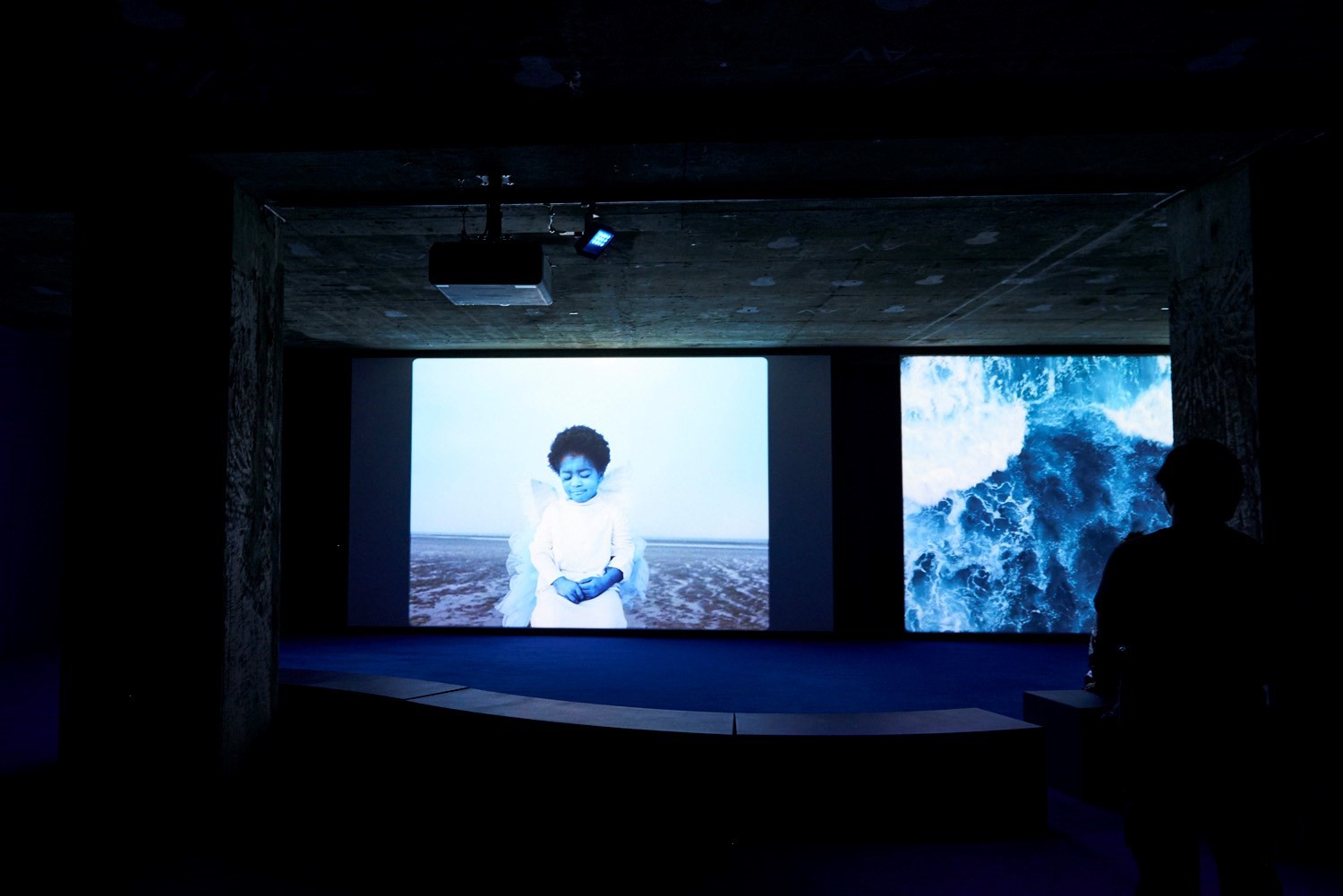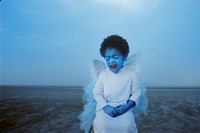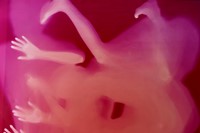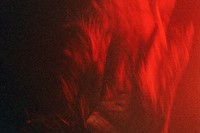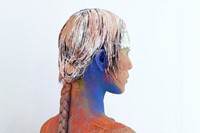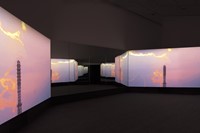Transformer: A Rebirth of Wonder opens today and with it, an immersive journey through the subterranea of Temple, buoyed by the works of contemporary art’s key storytellers. Presented by The Store X The Vinyl Factory, a roster of 14 extraordinary world-builders – Doug Aitken, Sophia Al-Maria & Victoria Sin, Korakrit Arunanondchai, Donna Huanca, Juliana Huxtable, Evan Ifekoya, Dozie Kanu, Quentin Lacombe, Lawrence Lek, Jenn Nkiru, Chen Wei and Harley Weir & George Rouy – come together in a symphony of voices, presenting a series of new and commissioned works that look deeply into our present world in a bid to forge new futures. Spanning meditative performance, an abstract exploration of the invention of the mobile phone, CGI and fictional nightclubs (imaginary scenes of communion), a video tapestry of text and Afrofuturism, love-making as art-making, a manga transformation and a contemplation on self-care, Transformer asks you to immerse yourself in these multiplicious worlds, and thus perhaps transform your own. Here, we talk to the exhibition’s curator Jefferson Hack about a new set of strategies for communion.
Sophie Bew: How did it all start? How did it become Transformer, if there’s an easy way to answer that?
Jefferson Hack: There were two forces at work that collided together to make the show thematic. One was the site itself. The first thing we did when approaching this space was commission a site survey, which included a ley line survey, and a historical survey of the different histories of the site.
SB: Is that because you already knew that it was potentially interesting?
JH: I had a feeling that there was more to 180 than meets the eye. And this is a very loaded part of London, right by Temple. I wanted to see if there were any themes that might inform the space that we had, to ask: what’s relevant to this location?
And what I got back was much greater than I imagined. We discovered these very powerful ley lines, which intersected to create portals of energy [a 20th-century concept that reads energetic meaning from straight alignments that can be drawn between various historic structures and prominent landmarks]. And we also discovered that the Holy Well of St Clements Danes, across the street, was an ancient place of worship, ritual and healing.
The second force came from the general conversations I was having with the artists. We started doing studio visits and initial conversations and I realised that those I was connecting with were very affected by the current political and social climate, the chaos, the darkness, the extreme levels of division in society. Feelings of both anger and helplessness were present in every conversation. The artists were so intensely observing the present that they were almost writing mythologies for the future. And they were politicised, but the work was more honed – like sharpened strategies for survival in an extreme present. They’re all storytellers – and really skilled world-builders.
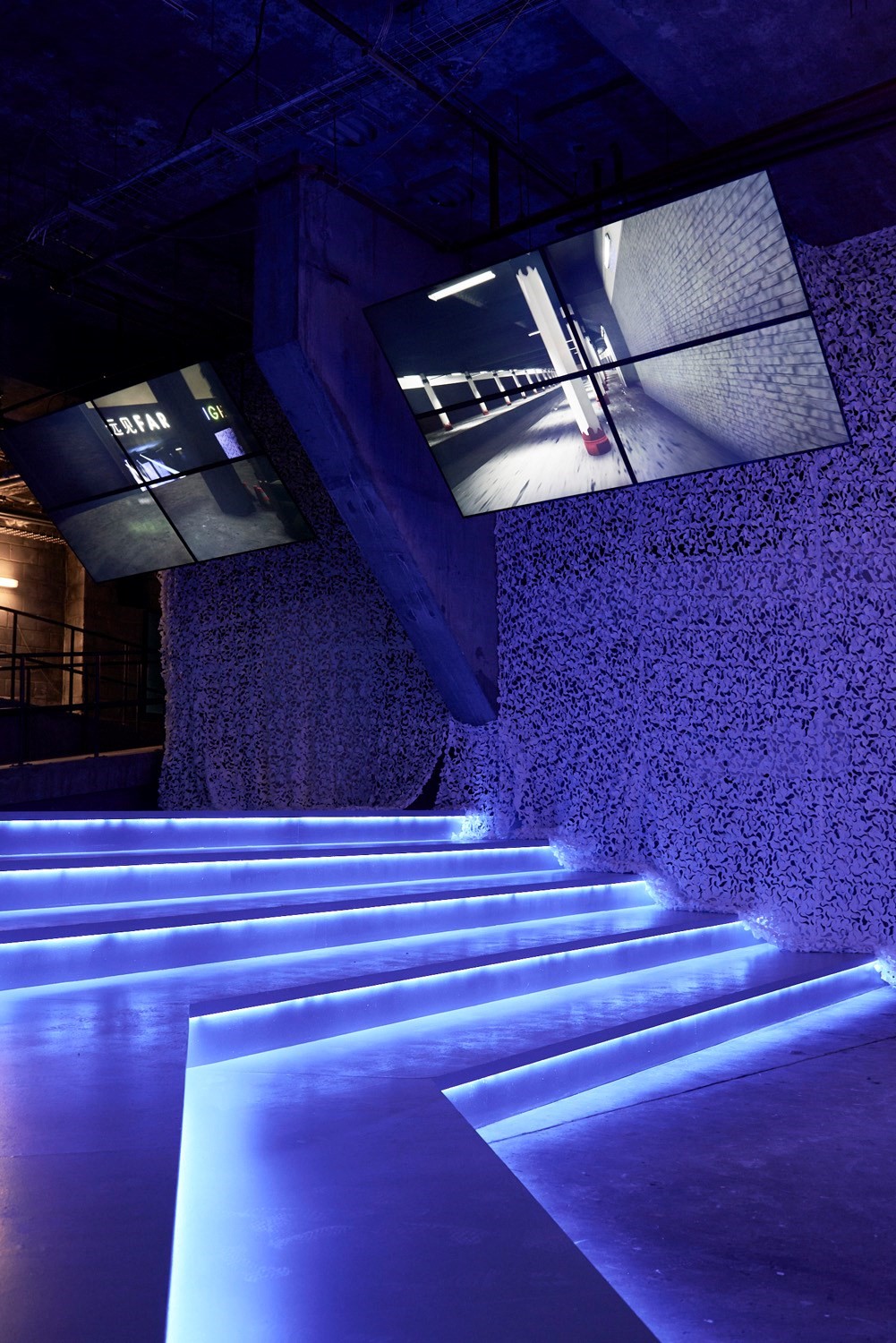
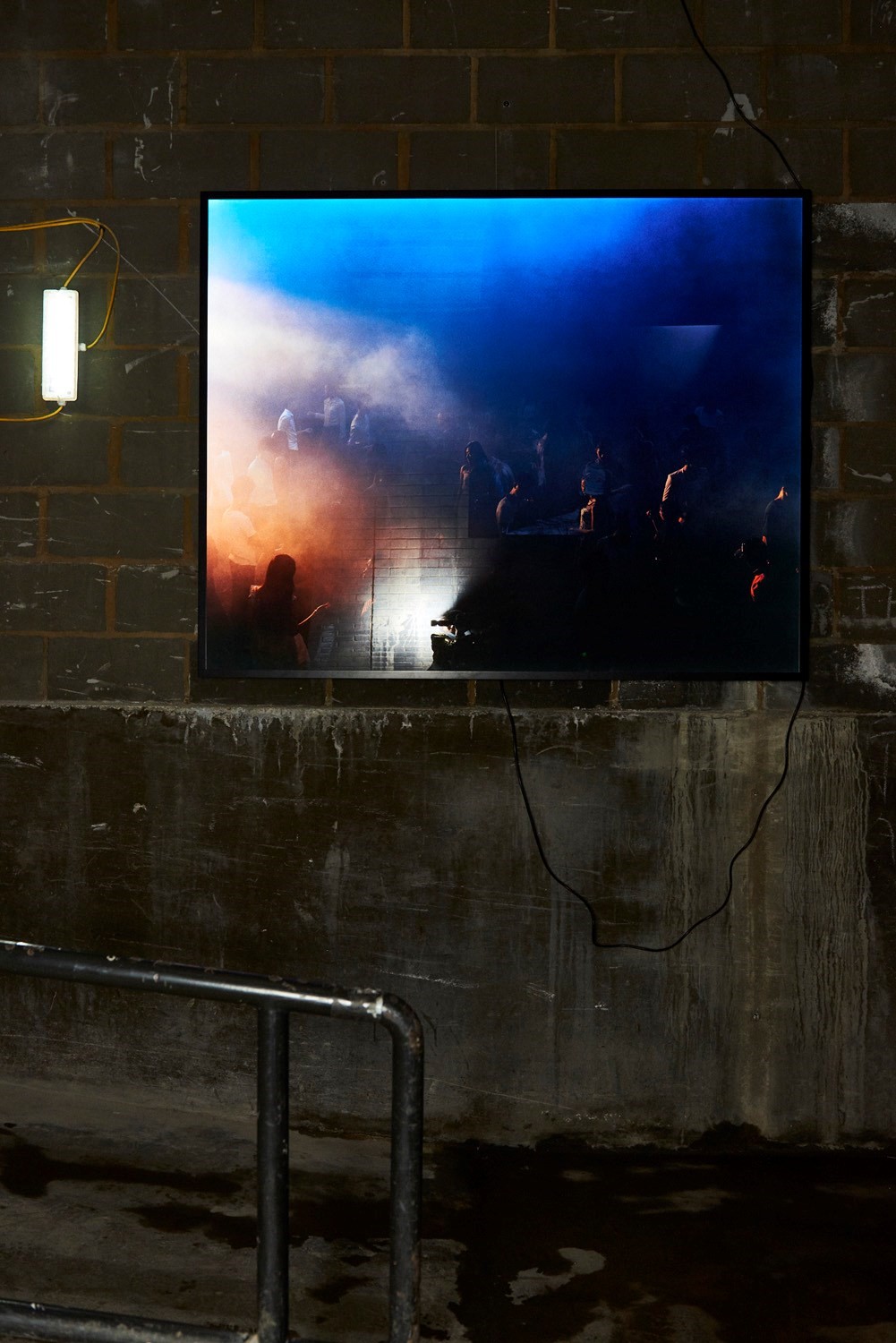
SB: The 14 artists cross a breadth of mediums – what else do their worlds have in common?
JH: I think they are linked by a way of looking at the world, and looking at the present in a very fluid way. Together they speak to multiplicity, plurality, a prismatic way of looking at gender, race, identity. And that was something that I wanted to make sure these conversations were bouncing between – there was this wave, or chorus, of co-existence, understanding and empathy.
SB: Are they all hopeful?
JH: No, I think there’s as much dark as there is light in the show, because you can’t have one without the other, right? You are constantly going between both, in terms of the spaces, and in terms of the recurring idea of rebirth – from death comes rebirth. There are elements of the supernatural, of struggle represented.
But I think what you’re left with, as an exhibition experience, is certainly a feeling of hope. Which I think is different from a lot of politicised shows that are very agitprop, very dystopian, more militant, manifesto-driven. And I think this isn’t about manifestos. It’s about mythology. I love this quote from Yuval Harari, where he said, “We can co-operate as humans because we can create stories. It’s something only we can do. We need shared fictions, shared mythologies to have co-operation.”
So, for me, that’s fundamental to the feeling of the show – this idea of bringing together diverse communities, belief systems, identities, in a time when identity politics is all about division and separation. The idea of being able to see the world in multiplicity, to be able to identify with others and be able to be co-operate and co-exist, to have empathy and to find shared ways to negotiate space.
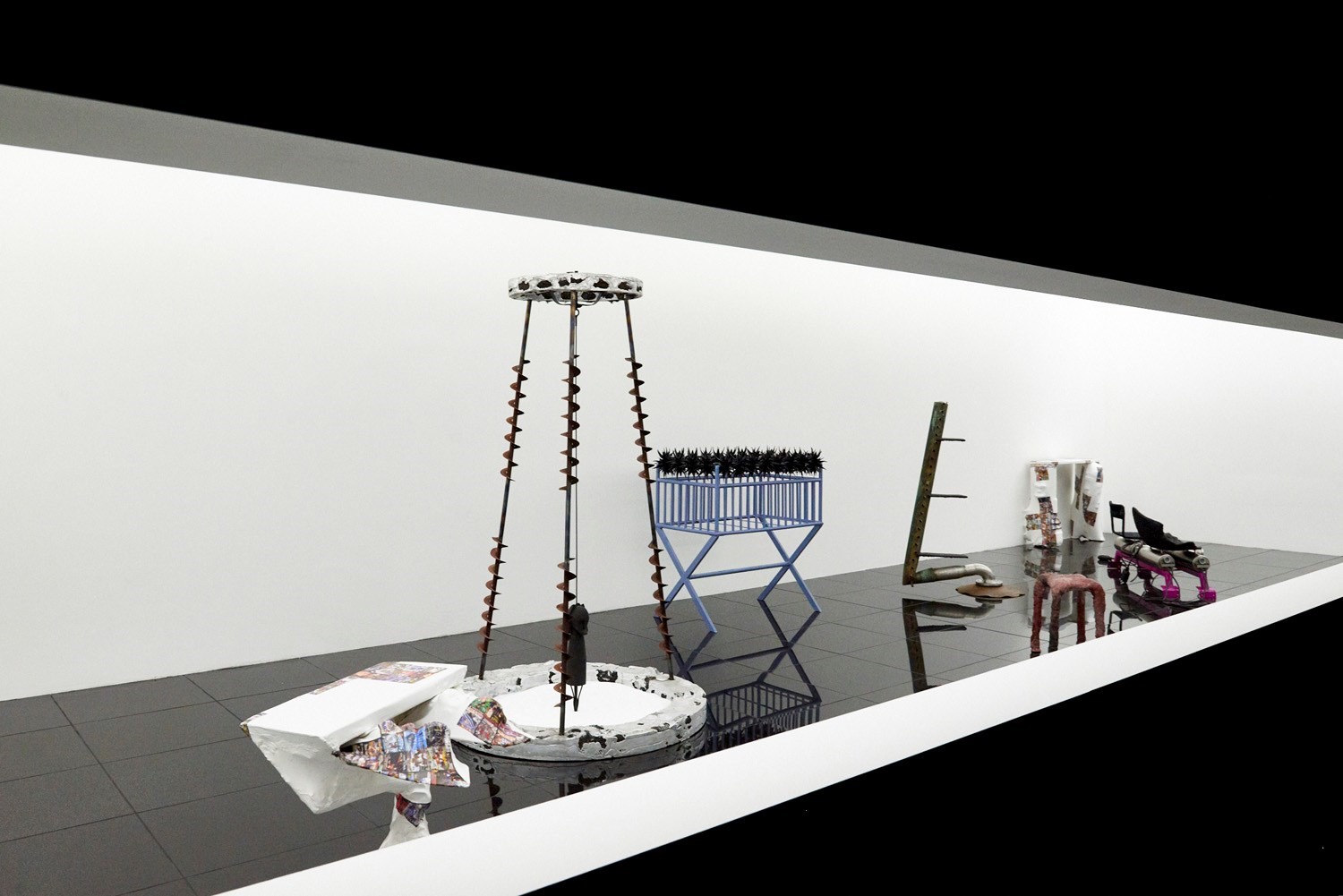
SB: There’s certainly a polyphony of voices that come together as you move between each artist’s space. Can you describe how you feel they all sound together?
JH: Very beautiful. I’d describe it as a cross between a meditation and a hallucination. So the experience of walking the show is like micro-dosing on some very pure drugs that gently alter your state of consciousness and allow you to be open and operate on a different psychic and mental plane.
SB: There are some new commissions in the show, as well as some existing works translated to the new space, right?
JH: Yes. So I think the exciting thing for me was that we were able to really create newness, so commissioning works rather than just presenting them. Transformer is not just a platform, it’s an initiation. It’s a place of making new realities, not just a showcase of existing works and therefore a showroom for art and ideas. But it’s a place of creation, production and presentation. And even some of the works were created onsite as well, and were built, or created onsite.
Take Lawrence Lek’s CGI computer graphic rendering of the journey from Temple tube station to Temple, his fictional club, which was all generated from visiting the site, scoping the architecture. Or Harley Weir, who used her safe room – the place where all the money was kept in the old Arthur Anderson Accountancy building – as a dark room. She and George Rouy, her collaborator, laid the photographic paper down and created these performances. They’re like action paintings, in a way, where they are both leaving us with impressions of their bodies, ritualising the art-making as love-making. And they did that onsite, which is a very beautiful thing.
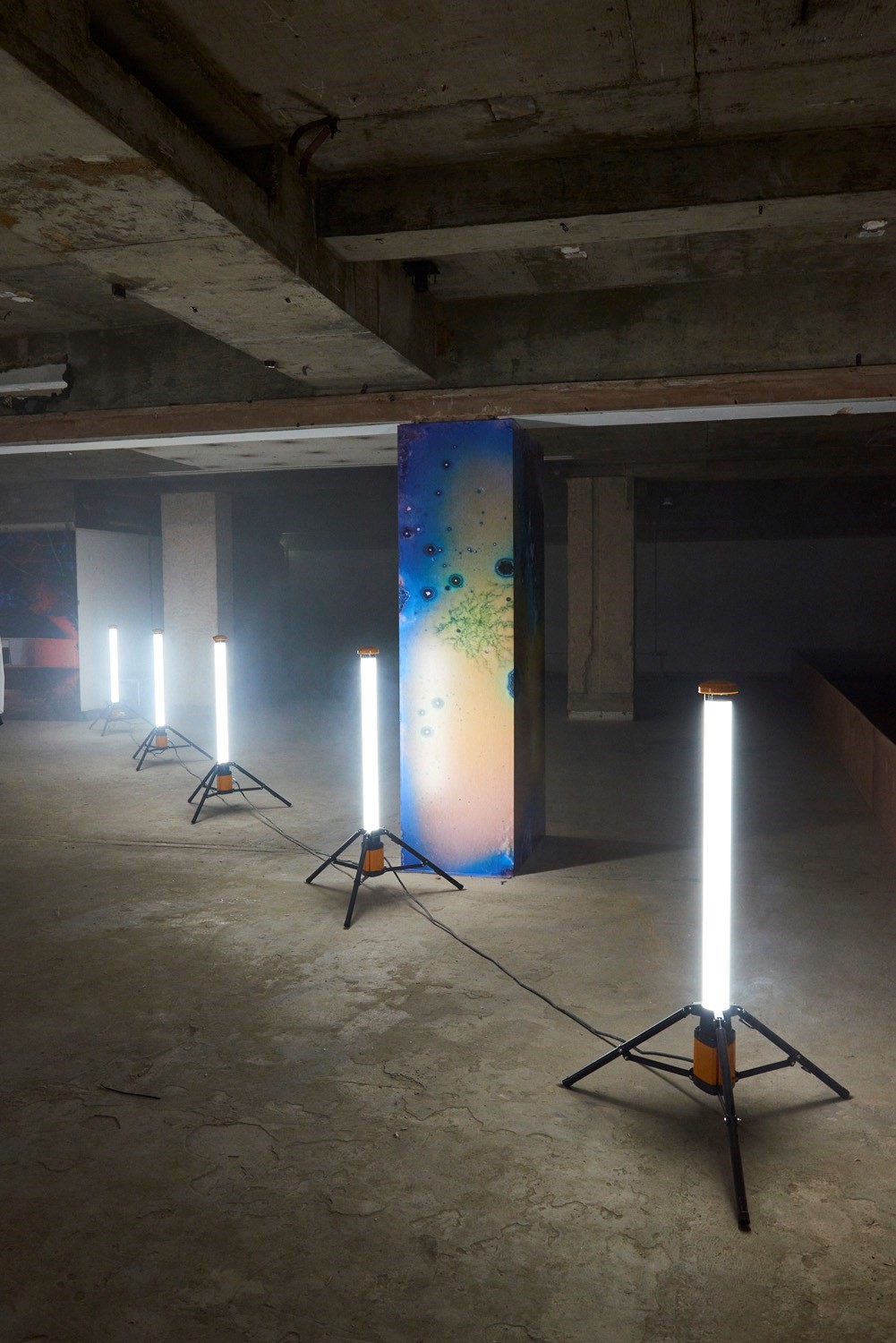

SB: The journey through the exhibition itself is also a really sensorial experience, isn’t it? There’s sound, scent, touch, movement...
JH: It’s multi-dimensional. One of the works we started with was New Era by Doug Aitken. It looks at the first mobile phone call, made in 1973. It speaks to Accelerationism, the beginning of hyper-individuality. Which, for me, fast-forwards to the idea of a fractured and fragmented sense of self. We’ve fallen into the screen, right? I think we’re now very used to this idea of existing in a de-materialised world where we’re in conflict between our humanity and the machine, between nature and technology.
So, that idea of reconnecting to the body became very interesting and key to the show. And when we come underground into the subterranea here, we’re connecting to those ancient themes, the energy potentiality of the building, this psychic potential of the building. As we know, all ritualistic experiences are multisensorial. So echoing the ancient rituals that may have happened in the caves of Lascaux, to the ones that permeate every belief system in every culture across time. There’s always a multisensorial dimension.
It’s sensorial but it’s not overwhelming – doing that gently was really important to us. There’s no theatre here – we wanted to avoid anything intimidating for people, steering away from things like VR, AI, any screen-based, phone-based technologies that might disassociate you from the communal intimacy of experiencing the work. But the feeling that you’re really floating through this exhibition and able to experience it in your own time, in your own way, with the limited amount of invigilation, with the limited amount of guidance, was really important so that it was a felt experience. We didn’t want to have to people to understand it, to get it. We wanted people to feel it to get it.
Transformer: A Rebirth of Wonder features work by Doug Aitken, Sophia Al-Maria & Victoria Sin, Korakrit Arunanondchai, Donna Huanca, Juliana Huxtable, Evan Ifekoya, Dozie Kanu, Quentin Lacombe, Lawrence Lek, Jenn Nkiru, Chen Wei and Harley Weir & George Rouy. The exhibition is at 180 The Strand until December 8, 2019.
Opening times:
Tuesday – Sunday:
12pm – 7pm Tuesday – Saturday
12pm – 6pm Sunday
Transformer: A Rebirth of Wonder will be accompanied Alchemical Realms: a fluid and responsive series of performances, talks, workshops and community-based actions unfolding over the next ten weeks, assembled by Transformer associate curator Susanna Davies-Crook. The live programme includes interventions and activations by Nottingham-based artist collective Chaos Magic, a new collaborative inquiry by Leah Clements and Sophie Hoyle, and a performance by Danielle Brathwaite-Shirley, among others.
